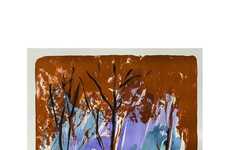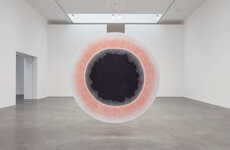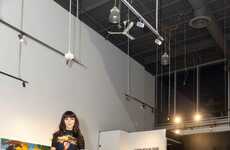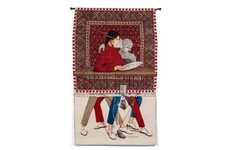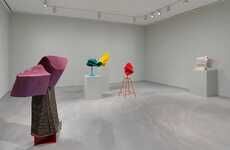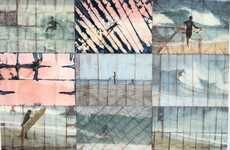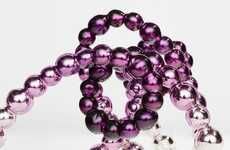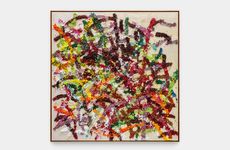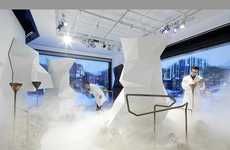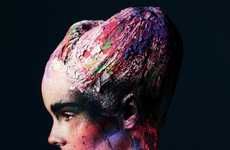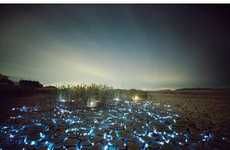
Kristine Harper Follows in the Footsteps of Monet
Jessica Marcel — April 1, 2010 — Art & Design
References: harpersbazar.dk & art-milk
Artist Kristine Harper appears to have taken over where Monet left off. Monet, the legendary artist, began drawing ponds and flowers somewhat realistically. As he aged, his drawings became more and more abstract, although they were usually still recognizable as flowers.
In Kristine Harper's paintings, however, there are no recognizable objects. Instead, the audience is left to imagine what is pictured. The varying colors and changing palette adds emotion to an otherwise unknown vista.
In Kristine Harper's paintings, however, there are no recognizable objects. Instead, the audience is left to imagine what is pictured. The varying colors and changing palette adds emotion to an otherwise unknown vista.
Trend Themes
1. Abstract Artification - Expanding beyond the limits of realistic art, abstract art provides a new means for individuals to explore the unknown.
2. Emotional Realism - Using color and palette choices, artists can evoke emotions and create feeling through abstract paintings.
3. Post-objective Visuals - By expressing an object without representing it, artists can imagine new and unique pathways for both meaning and creation.
Industry Implications
1. Fine Arts - A new wave of creating art has emerged as avant-garde individuals search for post-objective meanings to their creations.
2. Marketing and Advertising - As abstract aesthetics continue to evolve, marketers can utilize the language of abstract art to reach their audiences more effectively through emotional connection.
3. Textiles and Fashion - Bridging the gap between two-dimensional and three-dimensional artists, abstract texts and patterns can provide unlimited opportunities for fashion designers to create unique garments.
2.7
Score
Popularity
Activity
Freshness


